'Before they are thought of as a form of food, I would love it if they are thought of as wildlife' Radha Rangarajan on her children's book about crabs
Posted by Yamini Vijayan on May 16, 2018Radha Rangarajan, author of Keya's Day at the Beach, is usually found lost in either a forest or a book. A photographer, Radha dabbles in filmmaking, art, and writing. She's a natural history buff and is partial to elephants, fungi, owls, and trees. She posts as @radharangarajan on Instagram.
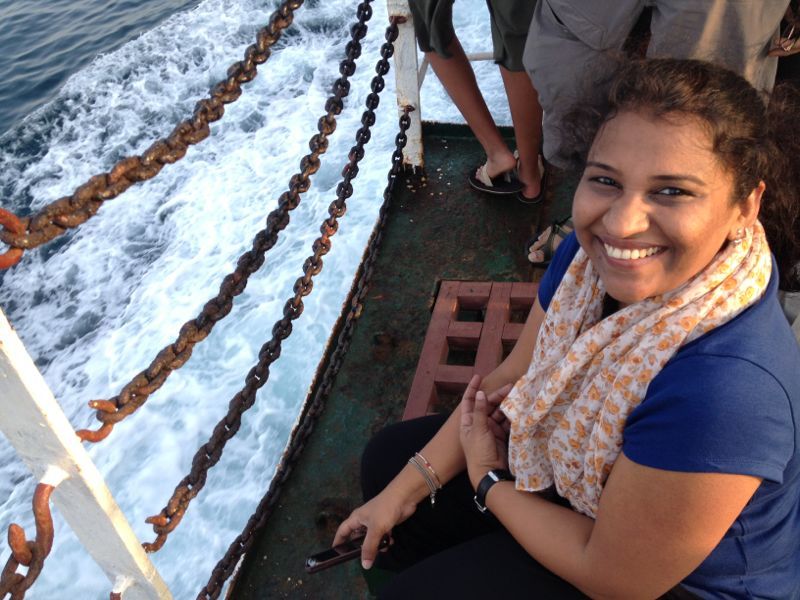
Photograph by Arati Kumar-Rao
Fans of her beautiful photographs of various intriguing animals, and her children's book on different kinds of crabs, we sent her some questions to answer.

Read on to know more about Keya – the central character in Keya's Day at the Beach – and how she came into being.
How was Keya’s Day at the Beach conceived?
I took a fancy to photographing crabs after a trip to the Andamans in early 2013. Later, I had to visit Devbagh Island in Karwar for a story on mangrove plant species. What I saw there left me astounded. There were several thousands of Soldier Crabs out on the beach at low tide everyday. Along with them, I saw hundreds of Ghost Crabs, Fiddler Crabs, Sand Bubbler Crabs and many more. I ended up spending all my time wandering about the beach at low tide, observing them. At the time, I wanted to try my hand at filmmaking and decided to work on a short film on crabs for JLR Explore. I went back to Karwar with two friends and we spent some glorious days filming and photographing crabs.
Bijal Vachharajani happened to watch this short film, Crabs of Karwar, at the Moving Waters Film Festival here in Bangalore and suggested that I write a book for children. That is how I ended up writing about crabs!
All the research and photographs for Keya’s story came from my filming and photography project. I didn’t have to do any extra/specific research while writing because a lot of work had gone into writing the script for the film.
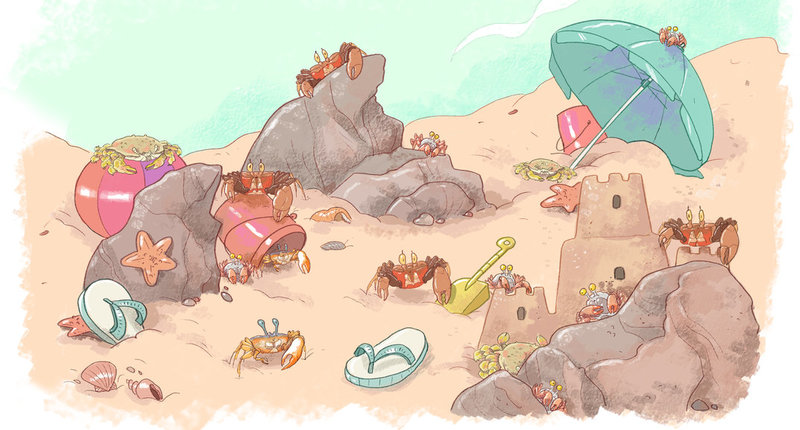
What kind of reactions do you hope this story will inspire in children?
When one says ‘crabs’, the first thing that most people think of is seafood. This instant recall is very hardwired into us, and that is what I wanted to challenge, with my film and now this book. Before they are thought of as a form of food, I would love it if they are thought of as wildlife, as wild as a spider, a fish, a bird or an elephant - that they have specific behaviours, mannerisms, seasonality, etc. And I hope that children who read this book will try to relate to them as wildlife first.
What qualities do you think children will notice in Keya?
Keya is a bright, curious child and asks many questions, just like all the children we know! I think and hope that they will be able to associate these qualities with her.

What are some wildlife books for children that you have enjoyed?
M Krishnan’s Book of Beasts: An A to Z Rhyming Bestiary is one of my all time favourite books for children; the verses are simply delightful.
I happened to read Charlotte’s Web very recently and I am fascinated by how beautifully EB White describes Charlotte, the spider’s webs and her behaviour.
The Harry Potter series has some of the best and detailed narratives around animals - imaginary or not. Dragons, phoenixes, hippogriffs, blast-ended skrewts, unicorns, basilisks, thestrals, nifflers, pygmy puffs, acromantulas - it is an amazing world. And apart from all these magical creatures, there are so many owls!
What advice would you give to children who want to be a wildlife photographer like you?
Wildlife and nature photography is a wonderful hobby and is an enriching experience. One doesn’t have to go far to find wildlife, because there are many forms that live around and among us. A simple walk in the garden can be a lesson in natural history if one pays attention to every leaf, twig, stone and sound. And this is most important because a good understanding of the subjects we intend to photograph makes the photographs better and more meaningful.

Do you have a favourite crab?
I absolutely love and adore hermit crabs. They are the crabs I first observed and photographed when I went to the Andamans and my crab-journey began from there. Hermit crabs are not true crabs - while other crabs have a fixed, hard shell, hermit crabs have soft shells. To protect themselves from heat and predation, they use shells that have been abandoned by other molluscs and wear them like armour; it is as if they are walking around with portable homes on their backs. Not only do they look cute, their behaviour when they are with fellow hermit crabs, and when they are looking for bigger and better shells to fit into is very very interesting.
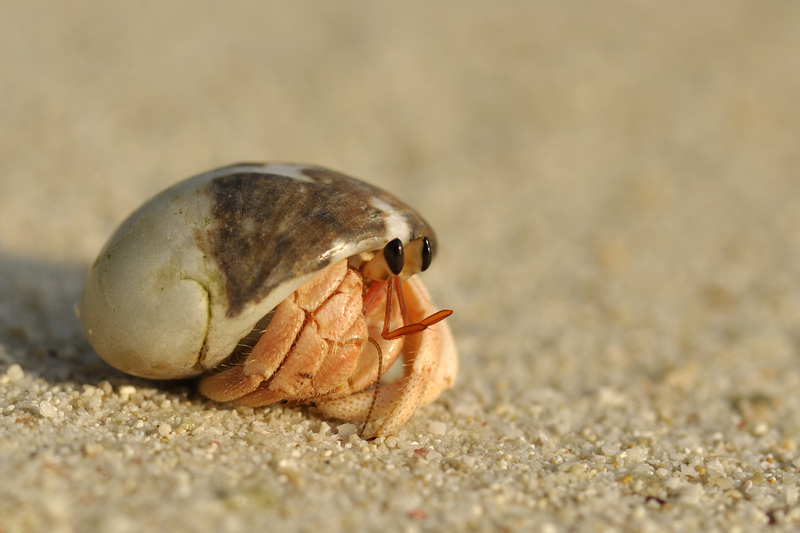
You can read Keya's Day at the Beach on StoryWeaver for free. This story is also available in Kannada, Marathi, Tamil and Hindi.
Be the first to comment.
Ready, get set.... READ!
Posted by Remya Padmadas on May 09, 2018When StoryWeaver was launched on International Literacy Day in 2015, we weren’t sure what new and exciting paths our digital journey would take us down. What we did know, was that technology and open licensing would help us take more stories to more children in more languages.
Over the past two years we have hit many milestones with you by our side: new and exciting stories in various formats, stories in over 100 languages and now, we’re about to hit another big one: one million reads on the platform!
Join the #RacetoAMillionReads

As we race towards our millionth online read on StoryWeaver, we’d love to have you join us in the winning lap! Starting today, we’ll be sharing stories on Twitter, Facebook and Instagram with the #RacetoAMillionReads.You can be a part of #RaceToAMillionReads on social media in a variety of ways.
- Share these stories with a child or children you know, and then pass the story on to friends who you think will enjoy it.
-
Is there a story you especially love on StoryWeaver? Share it with family and friends and tag us @pbstoryweaver and use #RaceToAMillionReads
-
If you’ve recently created, translated on relevelled a story on StoryWeaver then share that too so that more people can enjoy it. Who knows, someone else might love your story and translate it to a language they’re familiar in!
-
Record an audio or video clip of you reading a book from StoryWeaver of your own story or a story you love and share it with us!
A big thank you for the tremendous role you’ve played in StoryWeaver’s journey! Here’s to the next million!
Be the first to comment.Our Community: Meet TinyTales
Posted by Remya Padmadas on May 08, 2018TinyTales is a performing arts initiative invested in taking stories to children through the medium of theatre.
The TinyTales team consists of three theatre graduates and storytellers: Kalpesh, Pratiksha & Santosh whose journey began when QUEST (Quality Education Support Trust) announced a Goshtrang fellowship to work with children in Ashramshala, Sonale village (District Palghar).
“We applied for the fellowship and through it we were able to perform stories for children in several schools,” shared Kalpesh. “Interactions with the children made us realise how the sessions affected them, and we decided that the experience shouldn’t be restricted to children in one region. We felt the need to reach out to more children in more schools in more villages.”
The outcome of this strong belief was TinyTales.
“Today, because of their hectic schedules, children do not have the free time to go and watch plays. So we decided to take the plays to them. We do not need a professional stage with sounds and lights; we improvise to present our stories wherever possible. In classrooms, under trees or even on playgrounds. We only need some space and enthusiastic kids as an audience.”
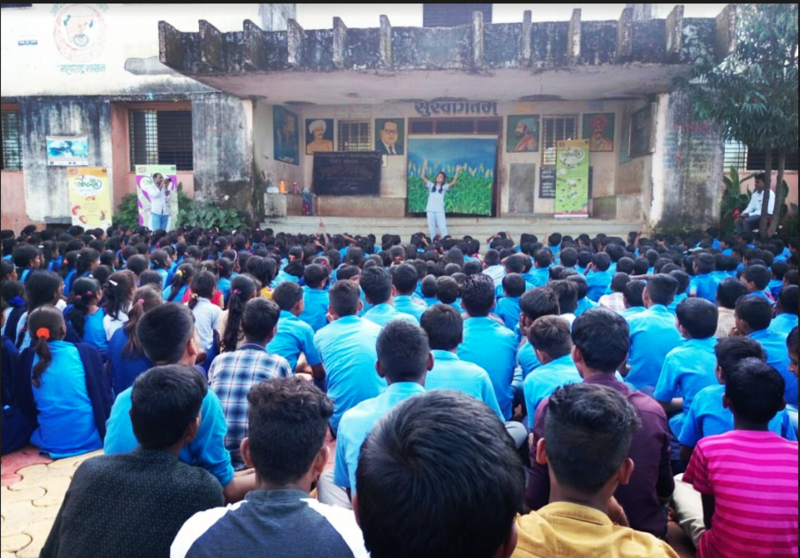
After 90+ shows, TinyTales realised that while listening to and watching stories, children get emotionally involved with them. “They laugh with us, they cry with us. This joy of learning together is really immense.” said Kalpesh. “Adding a visual element to storytelling not only strengthens the audience’s imagination but also subtly demonstrates the spirit of teamwork, which is the base of any theatre activity.” Though theatre is at its heart a form of entertainment, TinyTales attempts to present a different world to children through stories which can enrich and broaden their way of thinking.
The team discovered the StoryWeaver platform when looking for the book 'My Best Friend' by Anupa Lal and Suvidha Mistry. "It's like a Pustakancha Khajana for us" shares Kalpesh "and now we have a perfect list of great book to use. We have used a number of books from workshop and got great results."
Geetanjali Kulkarni (Goshtrang, Project Head), Nilesh Nimkar (Founder of Quest) and Prasad Wanarse (TinyTales, Director), have chosen stories based on the age of the audience. "We’ve included books from the StoryWeaver platform such as जपून रे सत्तू! and बुजगावण्यांची वरात. All these stories were directed by Prasad Wanarase and we performed these stories in Marathi.”
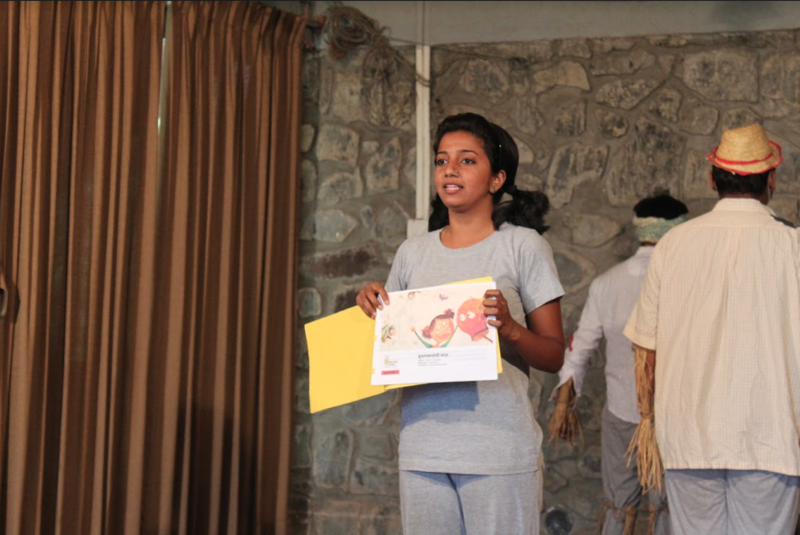
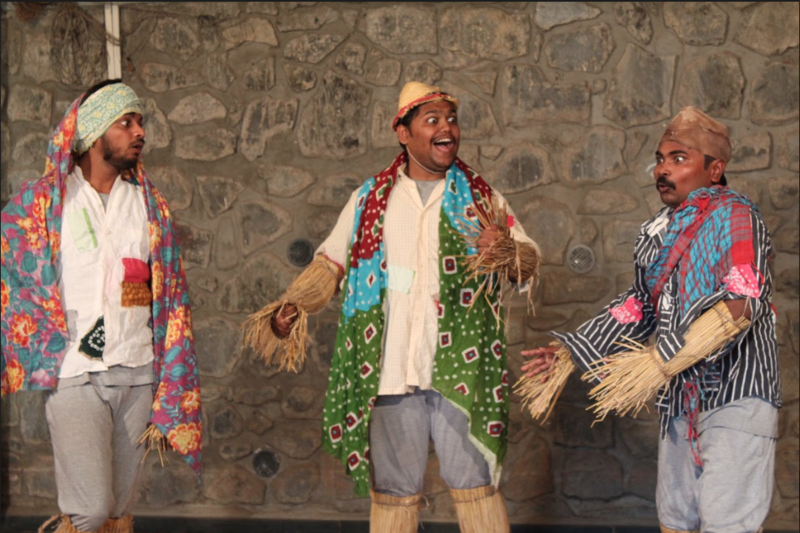

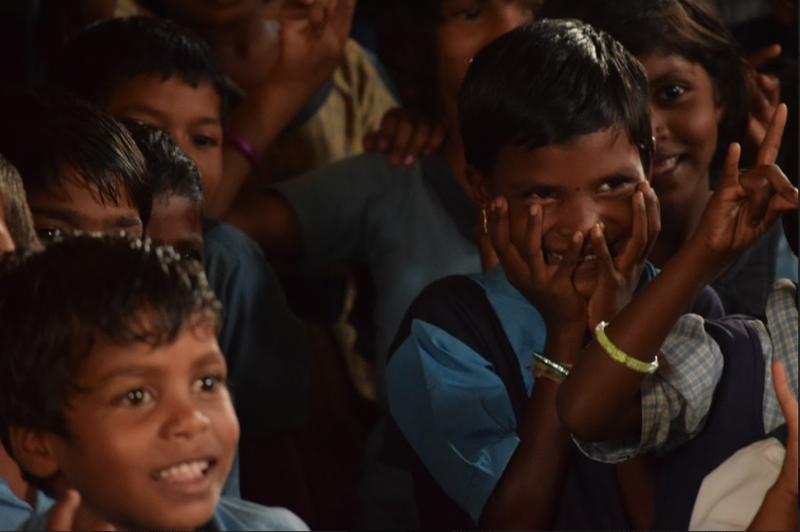
The group has also begun to add more components to their sessions like ‘Goshtincha War’ where they gather together with students and read out stories to them. “This way they are introduced to various authors and their books and hear and learn new words too.”
“Our objective is to work with the kids as per their needs and demands. Most important of all are the little viewers who are genuine and constructive in their feedback. That’s why we love to work with them.”
- Kalpesh, Pratiksha & Santosh
Be the first to comment.